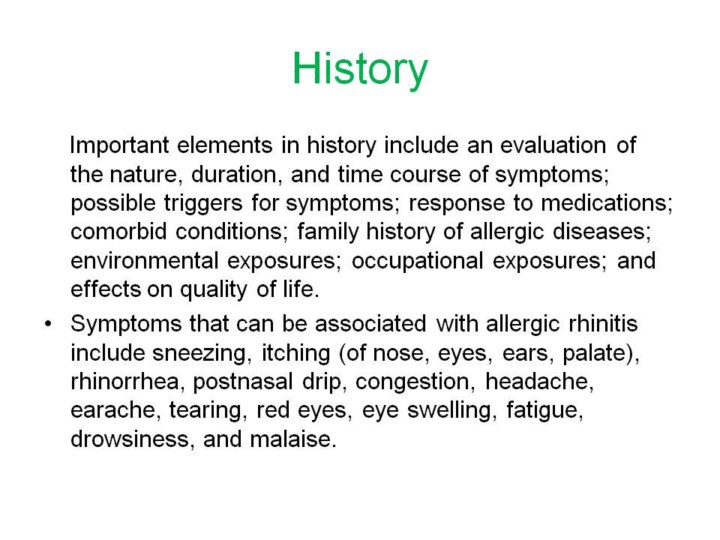| front |1 |2 |3 |4 |5 |6 |7 |8 |9 |10 |11 |12 |13 |14 |15 |16 |17 |18 |19 |20 |21 |22 |23 |24 |25 |26 |27 |28 |29 |30 |31 |32 |33 |34 |35 |36 |37 |38 |39 |40 |41 |42 |43 |44 |45 |review |
 |
Some forms of allergic rhinitis can be readily diagnosed by history alone. Seasonal allergic rhinitis caused by tree and grass pollen typically occurs in the spring (rose fever), and symptoms caused by ragweed pollen exposure in the fall (hay fever), although there are regional variations (figure 1). Symptoms of seasonal allergic rhinitis are predictable and reproducible from year to year. By comparison, classic perennial allergic rhinitis is associated with nasal symptoms which occur for more than two hours per day and for more than nine months of the year. Perennial allergic rhinitis usually reflects allergy to indoor allergens like dust mites, cockroaches, or animal dander, although aeroallergens may cause perennial rhinitis in tropical or subtropical climates. The presence of consensus risk factors for atopy provides additional support for the diagnosis of allergic disease. This is particularly true for those with a personal or family history of atopic disease, as well as a clear history of animal and pollen triggers of allergic rhinitis symptoms. A review of multiple studies proposed symptomatic classification of allergic rhinosinusitis by frequency ("intermittent" or "persistent") and severity ("mild" or "moderate-severe"). The WHO had targeted allergic rhinitis because of its impact on asthma, and the classification is strikingly similar to consensus asthma guidelines .
|